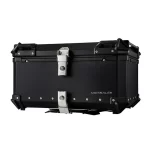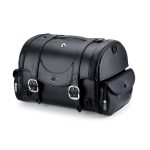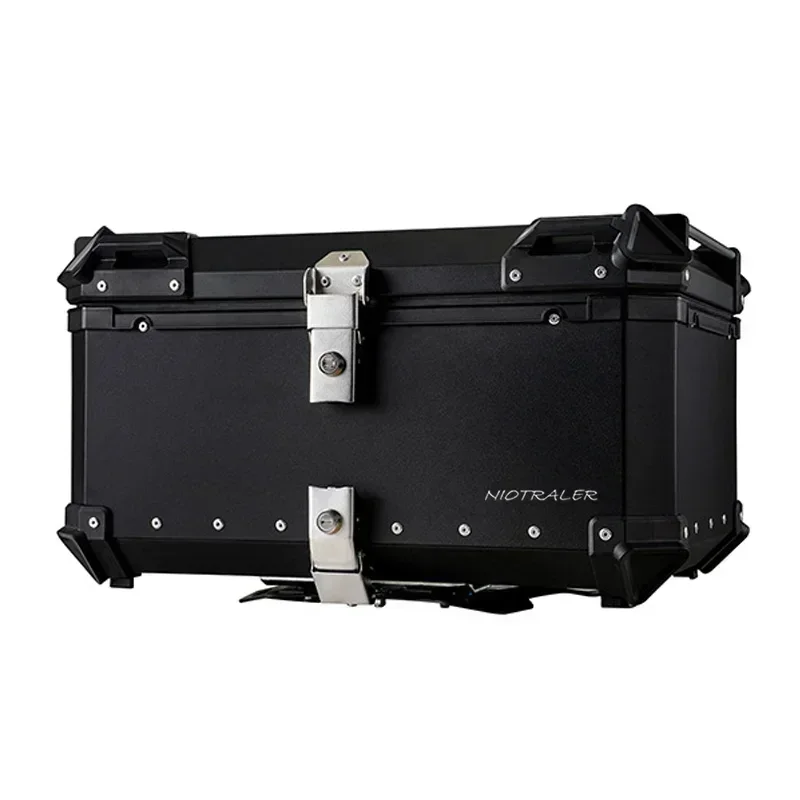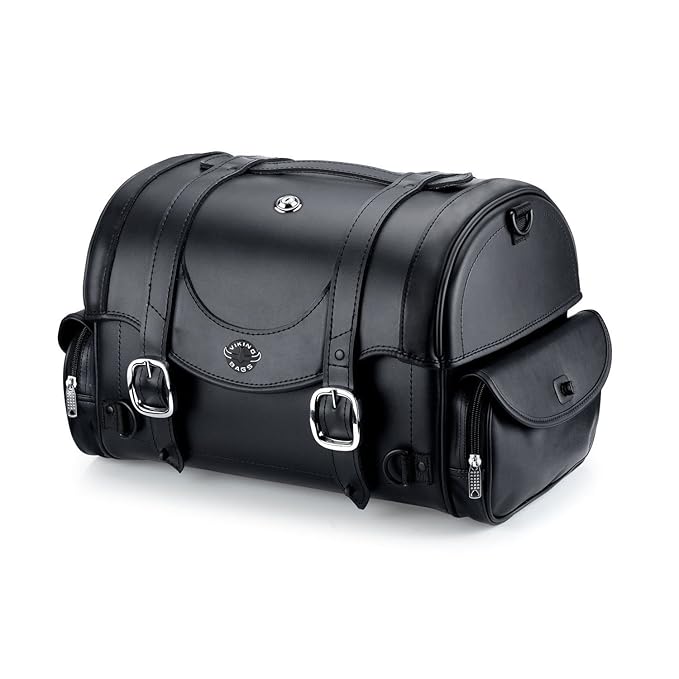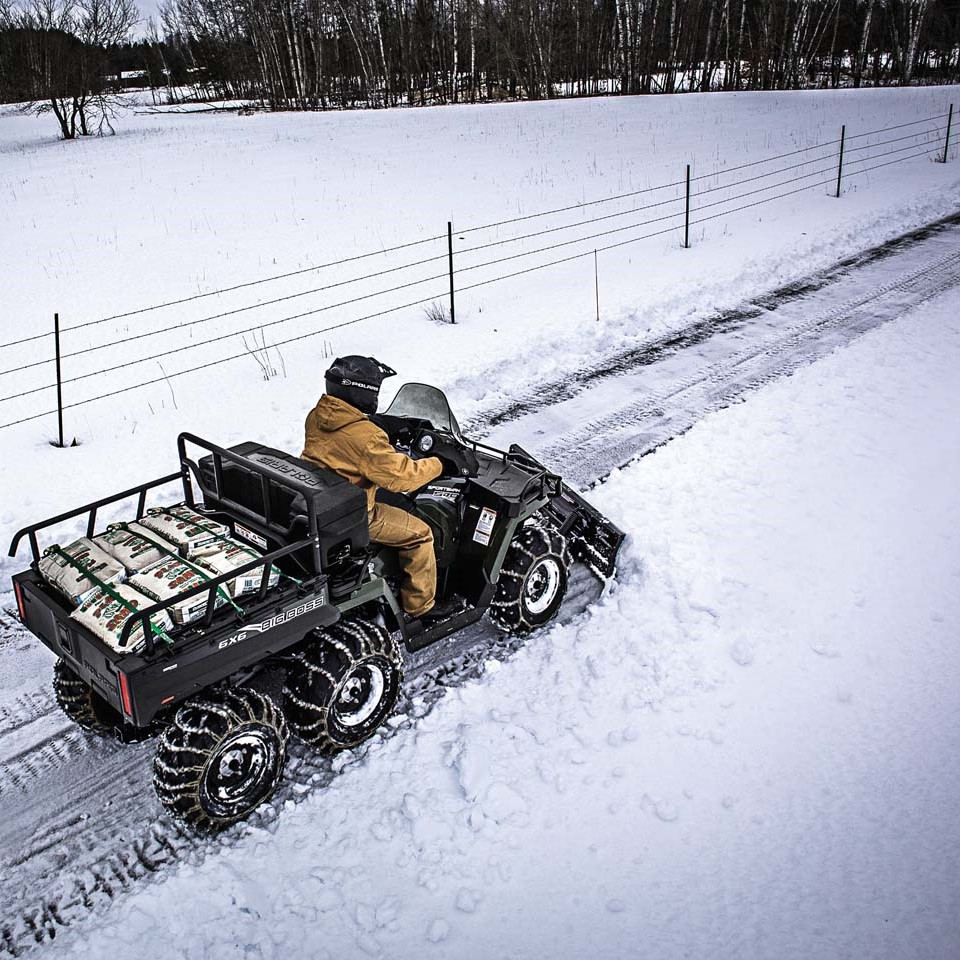Introduction:
Understanding the average miles per gallon (MPG) for motorcycles can help riders make informed decisions about their bike choice, riding habits, and maintenance. While motorcycles are generally more fuel-efficient than cars, a variety of factors influence their fuel efficiency. This comprehensive guide explores the average MPG for different types of motorcycles, the factors that affect fuel efficiency, and tips for improving your motorcycle’s MPG.
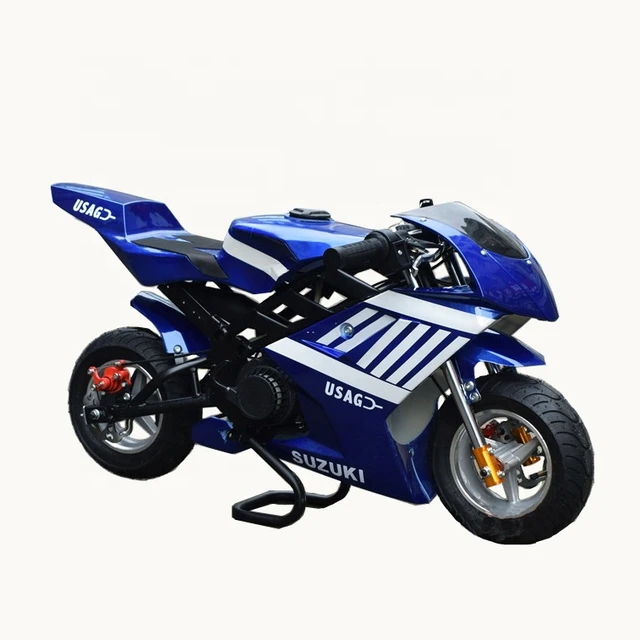
Average MPG for Motorcycles:
What Are the Factors Affecting Fuel Efficiency?
Understanding MPG:
What Does Miles Per Gallon Mean and Why Is It Important?
MPG is a key metric used to measure fuel efficiency, indicating how many miles a vehicle can travel per gallon of fuel. It’s crucial for motorcycle riders for several reasons.
Definition of MPG:
Fuel Efficiency Metric:
Basic Calculation:
MPG is calculated by dividing the number of miles traveled by the number of gallons of fuel consumed. For example, if a motorcycle travels 200 miles on 5 gallons of fuel, its MPG is 40.
Importance of MPG:
Cost Savings:
Reduced Fuel Costs:
Higher MPG means increased fuel efficiency, leading to reduced fuel costs over time. This is particularly important for frequent riders or those planning long-distance trips.
Environmental Impact:
Lower Emissions:
Motorcycles with higher MPG emit fewer pollutants, contributing to a reduced environmental footprint and supporting sustainability efforts.
Types of Motorcycles: How Does MPG Vary Across Different Motorcycle Categories?
The average MPG varies significantly across different types of motorcycles, influenced by their design, engine size, and intended use.
Sport Bikes:
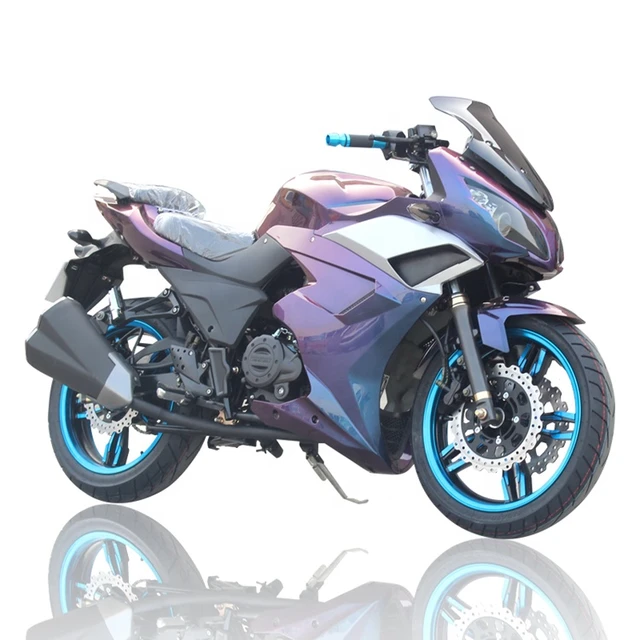
High Performance:
Typical MPG:
Sport bikes, designed for speed and agility, usually have lower fuel efficiency compared to other types. The average MPG for sport bikes typically ranges between 30 and 50.
Influencing Factors:
The high-performance engines and aggressive riding style associated with sport bikes contribute to reduced fuel efficiency.
Cruisers:
Comfortable Riding:
Typical MPG:
Cruisers, known for their comfortable riding position and moderate performance, tend to have better fuel efficiency than sport bikes. The average MPG for cruisers is typically between 35 and 50.
Influencing Factors:
The more relaxed riding style and balanced power output of cruisers help improve their fuel efficiency.
Touring Bikes:
Long-Distance Travel:
Typical MPG:
Touring motorcycles, built for long-distance travel with extra features for comfort, have varied fuel efficiency. The average MPG for touring bikes ranges from 30 to 45.
Influencing Factors:
The added weight and features for comfort and storage can decrease fuel efficiency, but the design often compensates with larger fuel tanks for extended range.
Standard/Commuter Bikes:
Versatile Use:
Typical MPG:
Standard or commuter bikes, designed for everyday use and versatility, typically achieve higher fuel efficiency. The average MPG for these bikes ranges from 45 to 60.
Influencing Factors:
Their lightweight design and balanced power output contribute to better fuel efficiency, making them suitable for daily commutes.
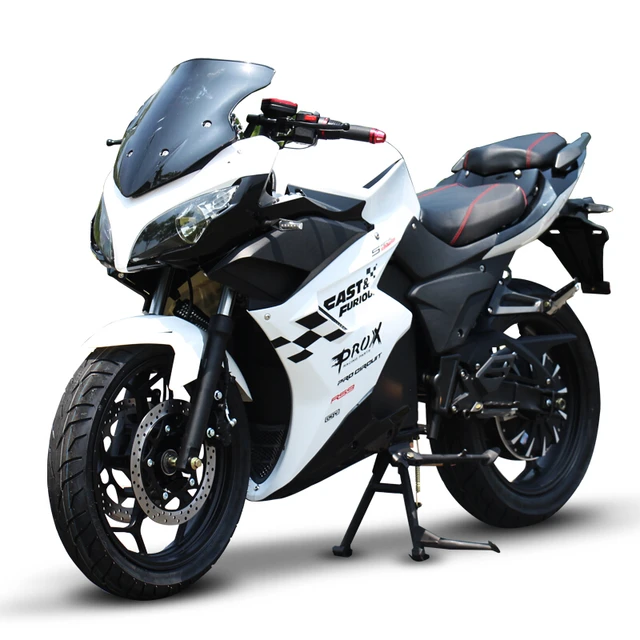
Adventure/Dual-Sport Bikes:
Off-Road Capabilities:
Typical MPG:
Adventure and dual-sport bikes, designed for both on-road and off-road use, have varying fuel efficiency. The average MPG for these bikes is typically between 40 and 55.
Influencing Factors:
Their versatile design and engine efficiency help balance fuel consumption across different terrains.
Factors Influencing MPG: What Variables Affect a Motorcycle’s Fuel Efficiency?
Several factors impact a motorcycle’s MPG, including engine characteristics, riding habits, and environmental conditions.
Engine Size and Type:
Displacement:
Impact of Engine Size:
Larger engines (measured in cubic centimeters, or cc) typically consume more fuel, resulting in lower MPG. Smaller engines are generally more fuel-efficient.
Two-Stroke vs. Four-Stroke:
Two-stroke engines are less fuel-efficient and emit more pollutants compared to four-stroke engines, which offer better fuel efficiency and lower emissions.
Riding Habits:
Throttle Control:
Aggressive Riding:
Frequent rapid acceleration, high speeds, and hard braking reduce fuel efficiency. Smooth and consistent throttle control can significantly improve MPG.
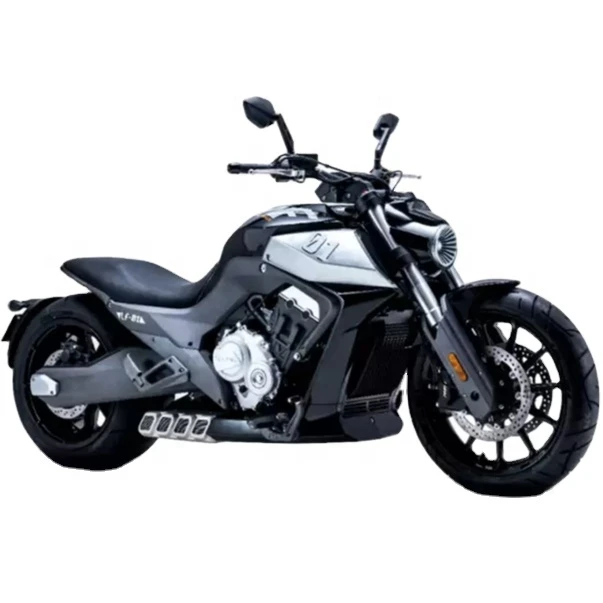
Riding Conditions:
Urban vs. Highway:
Urban riding with frequent stops and starts consumes more fuel than highway riding at consistent speeds, where motorcycles often achieve better MPG.
Weight and Load:
Additional Weight:
Impact of Load:
Carrying extra weight, whether it’s a passenger or luggage, requires more power and fuel, reducing the motorcycle’s MPG.
Wind Resistance:
Aerodynamics:
Effect of Wind:
Higher wind resistance, particularly at high speeds or with bulky accessories, increases fuel consumption. Optimizing aerodynamics can help improve MPG.
Maintenance and Condition:
Regular Servicing:
Engine Tune-Up:
Regular maintenance, such as oil changes, air filter replacements, and engine tune-ups, ensures optimal engine performance and fuel efficiency.
Tire Pressure:
Proper Inflation:
Maintaining the correct tire pressure reduces rolling resistance and improves fuel efficiency. Under-inflated tires increase fuel consumption and wear faster.
Fuel Quality:
Octane Rating:
Quality of Fuel:
Using the recommended fuel type and octane rating for your motorcycle ensures optimal performance and efficiency.
Additives:
Some fuel additives can enhance fuel efficiency by cleaning the fuel system and improving combustion.
Improving Fuel Efficiency: What Are the Best Practices for Enhancing Your Motorcycle’s MPG?
Implementing best practices can help you maximize your motorcycle’s fuel efficiency and achieve better MPG.
Riding Techniques:
Smooth Acceleration:
Gentle Throttle:
Avoid rapid acceleration and deceleration. Smooth and steady throttle control maintains better fuel efficiency.
Optimal Speeds:
Consistent Speed:
Maintaining a consistent speed, particularly at moderate levels, improves MPG. Avoid excessive speeds that significantly increase fuel consumption.
Proper Gear Usage:
Efficient Shifting:
Higher Gears:
Use higher gears when appropriate to reduce engine strain and improve fuel efficiency. Avoid unnecessarily high RPMs.
Coasting:
When safe, coast to a stop in gear rather than leaving the throttle open. This technique uses engine braking and conserves fuel.
Lightening the Load:
Reducing Weight:
Minimal Load:
Remove unnecessary weight from the motorcycle, such as heavy accessories or non-essential luggage, to improve fuel efficiency.
Passenger Considerations:
When carrying a passenger, adjust your riding style to accommodate the additional weight and maintain optimal fuel efficiency.
Maintenance Practices:
Routine Checks:
Regular Servicing:
Adhere to the motorcycle’s maintenance schedule, including regular oil changes, air filter replacements, and spark plug checks.
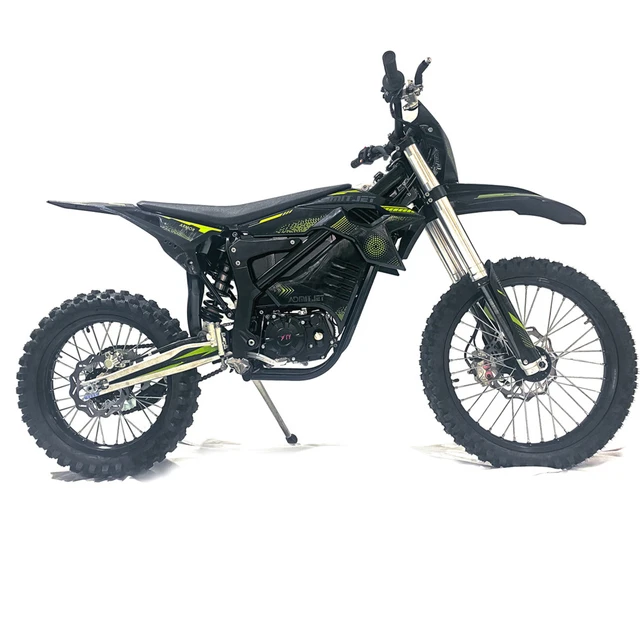
Tire Care:
Check Pressure:
Regularly check and maintain the correct tire pressure to reduce rolling resistance and improve fuel efficiency.
Chain Maintenance:
Lubrication:
Keep the drive chain properly lubricated and tensioned. A well-maintained chain reduces friction and power loss, improving MPG.
Fuel Management:
Quality Fuel:
Recommended Octane:
Use the fuel type and octane rating recommended by the manufacturer for optimal performance and fuel efficiency.
Fuel Additives:
Consider using fuel additives that clean the fuel system and enhance combustion, potentially improving fuel efficiency.
Data Tracking:
Monitoring Usage:
Keep Records:
Track your fuel consumption and mileage to identify patterns and areas for improvement. Consider using apps or logs to monitor your MPG.
Adjust Riding Habits:
Analyze your fuel consumption data to adjust riding habits and maintenance practices that can lead to better fuel efficiency.
Environmental Impact: How Does Fuel Efficiency Contribute to Sustainability and Cost Savings?
Improving motorcycle fuel efficiency has several benefits, beyond cost savings, supporting broader sustainability goals.
Reduced Emissions:
Lower Carbon Footprint:
Clean Air:
Higher MPG contributes to lower emissions, reducing your motorcycle’s carbon footprint and promoting cleaner air.
Sustainable Practices:
Implementing fuel-efficient riding and maintenance practices supports environmental sustainability initiatives.
Conclusion
The average MPG for motorcycles varies across different types and models, influenced by factors such as engine size, riding habits, and maintenance practices. Understanding and optimizing these factors can significantly improve fuel efficiency, contributing to cost savings and environmental sustainability. Whether you’re a casual rider or a long-distance traveler, implementing best practices for fuel management and maintenance ensures you get the most out of your motorcycle while minimizing your environmental impact.

